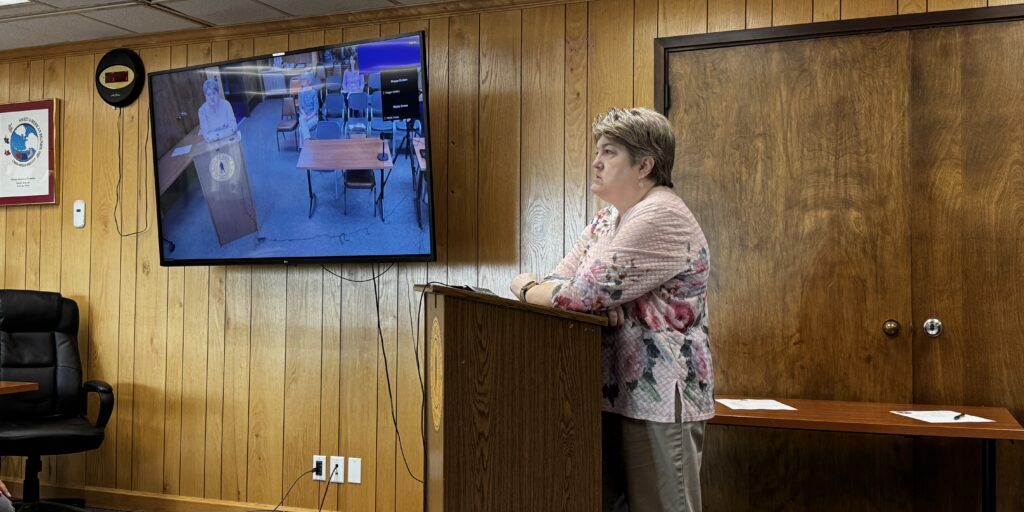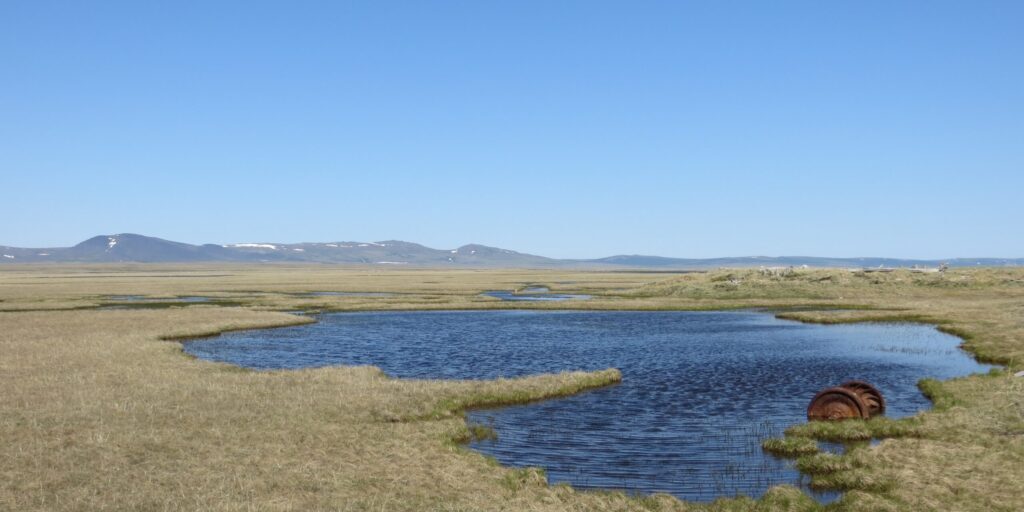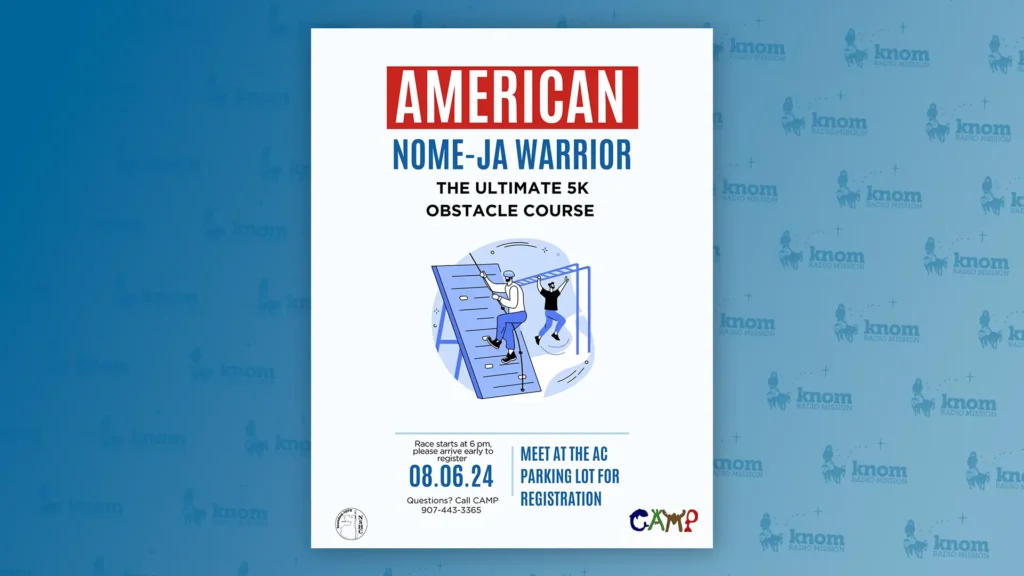Three regional entities based in Nome have declared their opposition to mining in the Norton Sound area where various projects, like the “Rivers of Gold” operation, have been proposed.
On May 22nd, Norton Sound Economic Development Corporation (NSEDC), Kawerak, Inc., and Bering Straits Native Corporation (BSNC) released a joint statement opposing large placer mining in Safety Sound, the Bonanza Channel, and Golovnin Lagoon (locally known as Golovin Bay).
Brandon Ahmasuk, the subsistence director for Kawerak, notes that the regional tribal corporation is pro-development and not against mining as long as it’s done responsibly. Ahmasuk, and the three entities, take issue with how gold mining can impact habitat like eelgrass beds, or subsistence resources like migratory birds.
Alan Nakanishi says that’s his agency’s concern as well, especially when it comes to turbidity plumes’ effect on fish and other marine species.
Nakanishi is an engineer with the Alaska Department of Environmental Conservation’s wastewater discharge program.
“The primary concern has to do with turbidity and settable solids. Those are regulated contaminants under the Clean Water Act, and so, the permit will limit the size of the turbidity plume from the effluent, emanating from the barges.”
The wastewater discharge permit through ADEC also restricts activities that affect critical habitat, like eelgrass beds.
According to Nakanishi, Rivers of Gold, also known as IPOP LLC, has submitted an APMA or application for permits to mine in Alaska and a wastewater discharge permit under the Norton Sound Large Dredge Placer Miner’s category [AKG374000]; however, that designation is not applicable to their proposed project.
“The location and the concern about the sensitive habitat of the proposed area for mining pops it outside of the jurisdiction of the Norton Sound general permit. And an individual permit, or a permit specifically developed for that project, would be necessary.”
In the meantime, ADEC is waiting on more information and data from the mining company, and until that is received, Nakanishi says that Rivers of Gold is not allowed to operate or discharge in U.S. waters.
Leslie Tose, a project manager for Alaska’s district regulatory division with the U.S. Army Corps of Engineers, has a similar conclusion regarding the proposed Rivers of Gold project.
“There are potentially three permits with the Corps (they would need). The first would be if they were to build a staging pad in wetlands. I’ve heard that they might be building a pad, but I don’t know, so that is hypothetical. Second would be they would need what is called a nationwide permit six for survey activity, and third, they would need an individual permit for any operations of their vessel in Safety Sound.”
According to Tose, at this time, the project is very hypothetical, as the company has not submitted anything to the Corps other than the APMA form. The applicant listed was Edwin Epstein, whom Tose sent a letter to directly, but no response has been received yet. In her correspondence to Rivers of Gold, Tose also explained the repercussions the company could face if they don’t adhere to the permitting process.
“The other item that we wrote in the letter explains that they are on notice. We’ve told them that they do need permits if they do any operation below mean-high water or ordinary high-water in waters of the U.S., and Safety Sound is considered a water of the U.S. And that we could take enforcement actions.”
It is unclear what Rivers of Gold’s plan is for addressing these incomplete permits, but currently, the mining company does have equipment on the ground in Nome. The first barge of the season arrived into the Port of Nome on Saturday morning, May 26th, and Lucas Stotts, the Harbormaster, confirms Rivers of Gold had various mining equipment on that vessel. Included in those 40-ft. containers were push boats, barge sections, and more.
Neither the Rivers of Gold company, nor Mr. Epstein, could be reached for comment before the airing of this story.
Image at top: file photo: the Solomon River area along the Nome-Council Highway. Photo: Maddie Winchester, KNOM.







